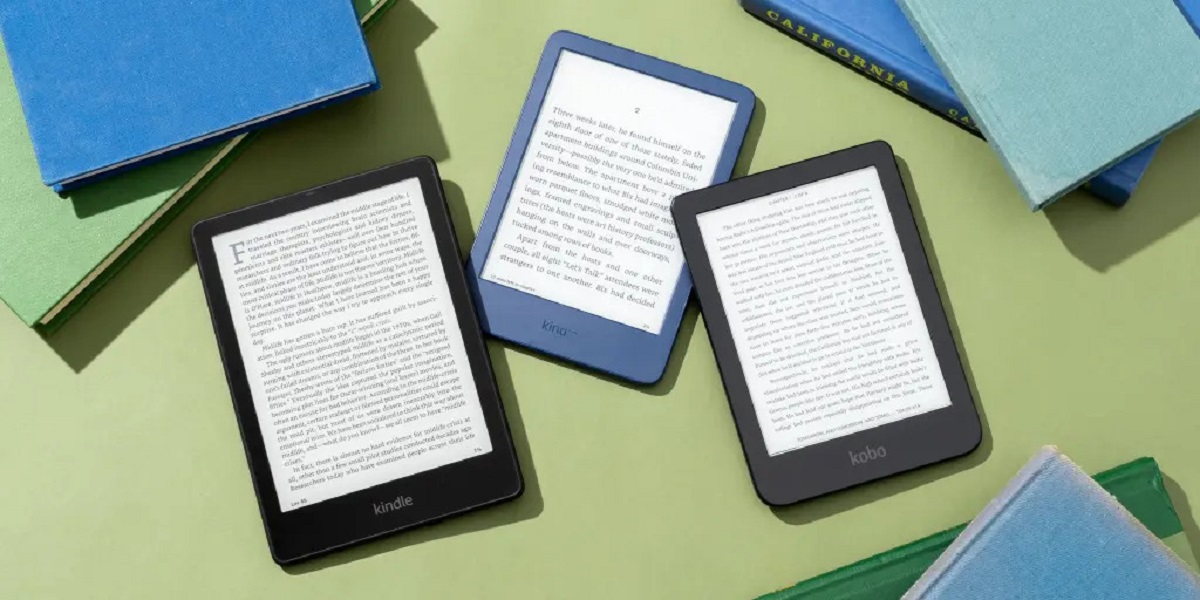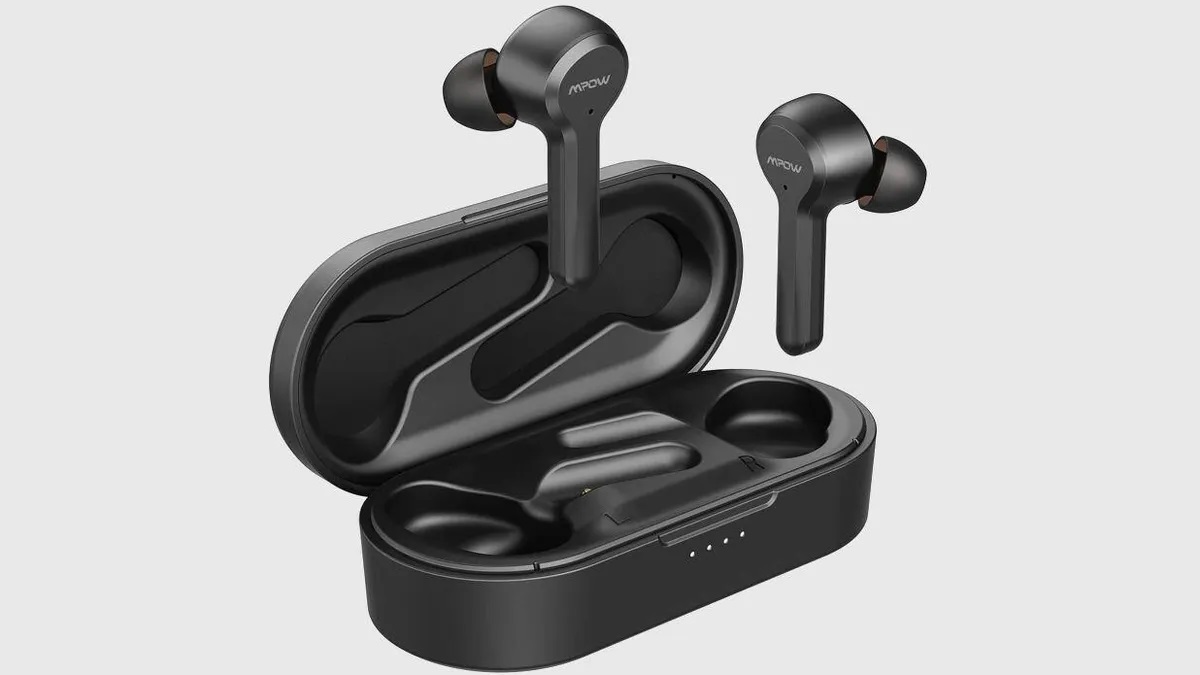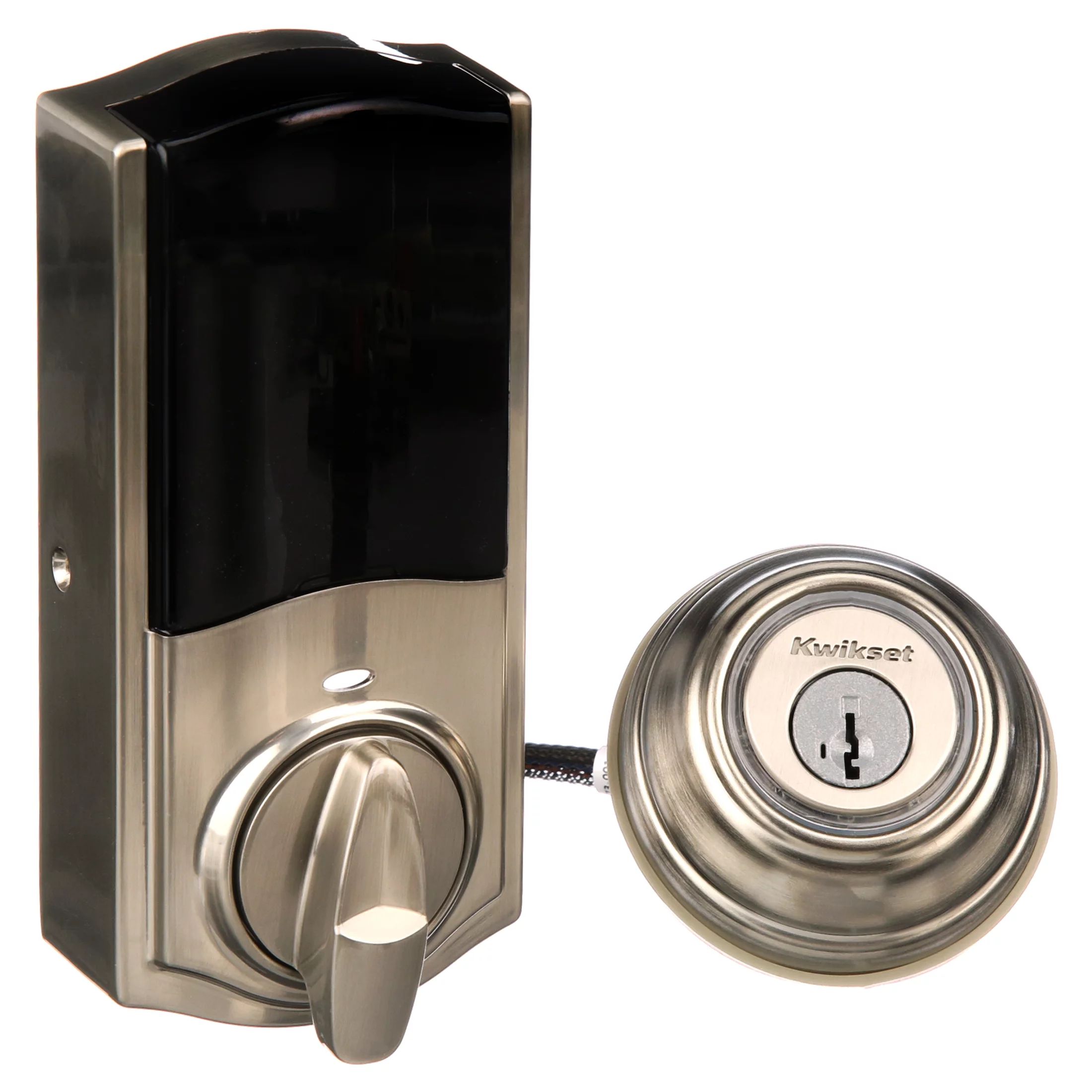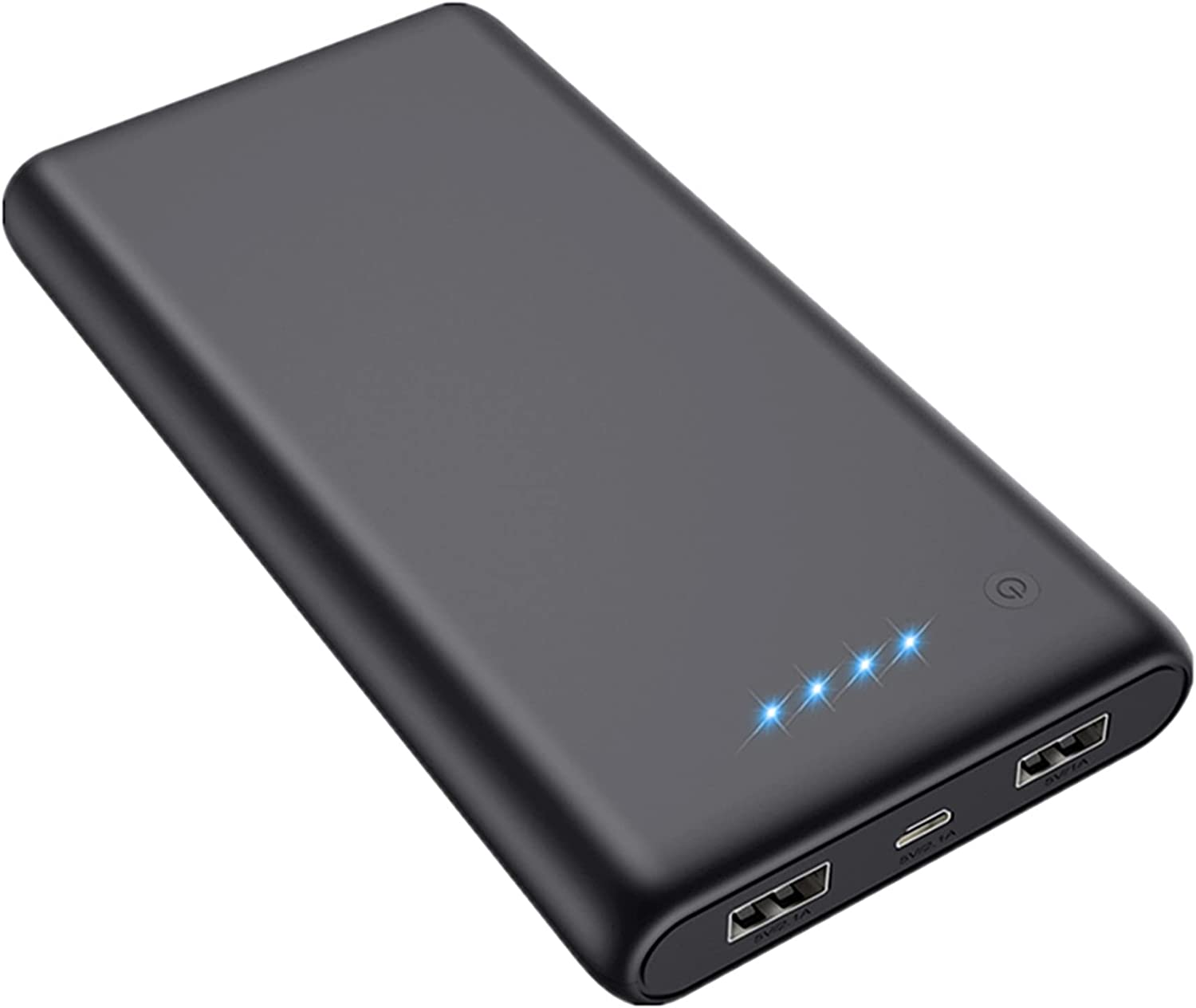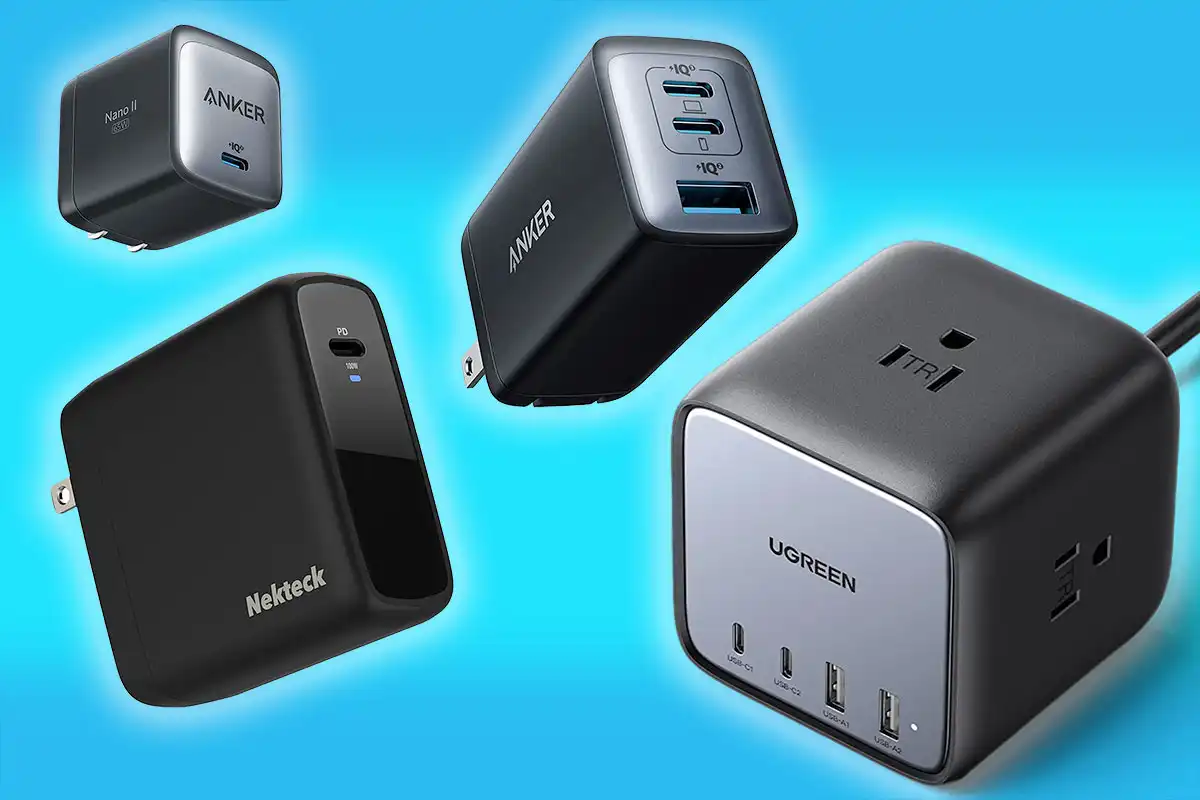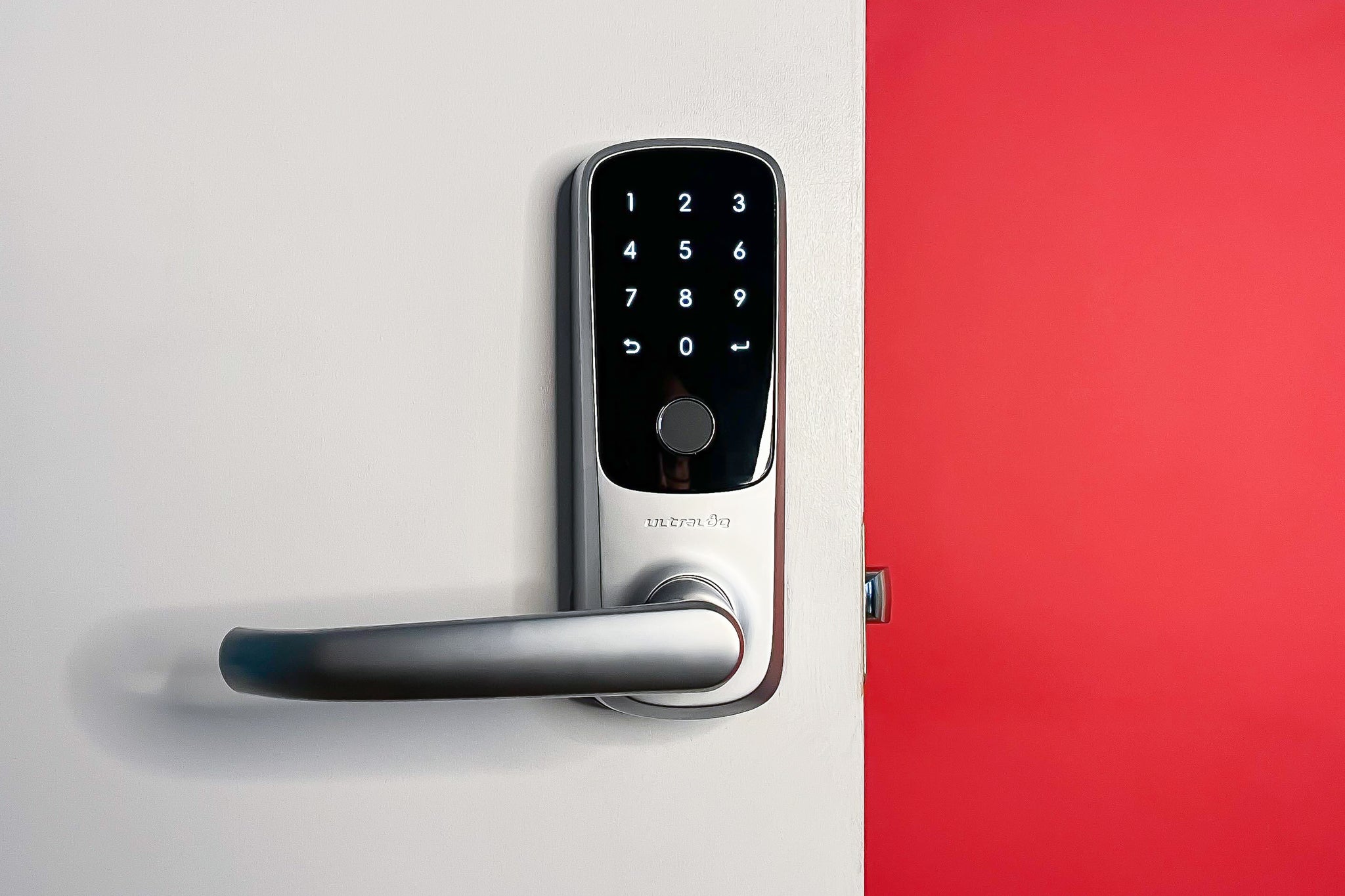Introduction
Welcome to the digital age, where smartphones have become an essential part of our daily lives. From communication to entertainment, these portable devices offer convenience and connectivity like never before. However, despite the advances in smartphone technology, many users find themselves grappling with a common frustration – rapidly draining battery life.
It’s a scenario that many of us can relate to: you start the day with a fully charged device, ready to tackle whatever lies ahead. But before long, your battery indicator plunges into the red, leaving you scrambling for a charger or lamenting the short lifespan of your smartphone’s battery.
So, why does your smartphone battery die so fast, seemingly leaving you high and dry when you need it the most? The answer lies in a combination of factors, ranging from your device’s settings and usage habits to the inherent limitations of current battery technology. In this article, we will delve deeper into the reasons why your smartphone battery drains quickly and explore some tips to help extend its lifespan.
Before we dive into the details, it’s important to understand the basics of smartphone batteries. Most modern smartphones utilize lithium-ion batteries, known for their high energy density and ability to be recharged. These batteries are compact, lightweight, and provide a reliable source of power for our devices. However, they are not without their limitations.
Lithium-ion batteries have a limited charge cycle lifespan, typically ranging from 300 to 500 cycles. A charge cycle refers to the process of charging the battery from 0% to 100% and then discharging it back to 0%. Over time, the battery’s capacity diminishes, resulting in shorter usage time before needing a recharge. Additionally, factors such as heat, extreme cold, and overcharging can further impact the overall health and longevity of your smartphone battery.
Now that we have a basic understanding of smartphone batteries, let’s explore the various factors that contribute to rapid battery drain.
Background on smartphone batteries
Before we delve into the factors that contribute to rapid battery drain, it’s important to have a basic understanding of smartphone batteries and how they work.
As mentioned earlier, most modern smartphones are powered by lithium-ion batteries. These batteries consist of multiple cells that store and release electrical energy. When you charge your smartphone, an electric current is directed into the battery, causing lithium ions to move from the positive electrode (cathode) to the negative electrode (anode). This process is reversed when you use your phone, as the stored energy is released to power its various functions.
Lithium-ion batteries are preferred for smartphones due to their high energy density, which allows for a compact design and longer usage time. Compared to older battery technologies, such as nickel-cadmium or nickel-metal hydride, lithium-ion batteries offer improved performance and don’t suffer from the “memory effect” that can reduce overall battery capacity.
However, despite these advantages, lithium-ion batteries still have their limitations. One major drawback is their relatively short lifespan, typically around 2-3 years or 300-500 charge cycles. This means that over time, the battery’s capacity to hold a charge diminishes, resulting in shorter usage time before needing to be recharged. Additionally, factors such as heat, extreme cold, and overcharging can accelerate the degradation of the battery.
It’s also worth noting that smartphone manufacturers often employ various power-saving technologies and optimizations to help maximize battery efficiency. These include software algorithms that regulate background processes, minimize energy consumption during periods of inactivity, and optimize screen brightness and display settings.
Furthermore, advancements in battery technology continue to be explored. Engineers and researchers are working on developing solid-state batteries, which offer higher energy density and faster charging times compared to lithium-ion batteries. These advancements hold promise for future smartphones, where users can enjoy longer battery life and shorter charging times.
In the next sections, we will explore the factors that contribute to rapid battery drain and provide some tips to help extend your smartphone battery’s lifespan. By understanding these elements, you can make informed decisions about optimizing your device’s settings and usage habits to get the most out of your smartphone battery.
Factors that contribute to rapid battery drain
Smartphones have evolved into powerful devices capable of performing a multitude of tasks, but this increased functionality comes at the cost of battery life. Several factors contribute to rapid battery drain, and understanding them can help you make adjustments to prolong your smartphone’s battery life.
One of the primary culprits behind rapid battery drain is screen brightness and display settings. Brightness levels set too high not only strain your eyes but also consume a significant amount of battery power. Adjusting your screen brightness to a more moderate level can have a noticeable impact on battery life.
Another factor to consider is app usage. Certain apps, especially those that require constant internet connectivity or process extensive graphics, can put a heavy toll on your battery. Streaming videos, playing graphics-intensive games, or running multiple apps simultaneously can drain your battery rapidly. Keeping an eye on your app usage and closing unnecessary apps can help conserve battery life.
Connectivity and data usage also play a role in battery drain. Activities such as constantly searching for a weak Wi-Fi signal or using mobile data for prolonged periods can consume significant power. When not in use, consider disabling Wi-Fi, Bluetooth, and GPS to conserve battery life. Additionally, managing data-intensive tasks, such as automatic app updates or large file downloads, to times when your device is connected to power can help preserve battery life.
Background apps and processes can also contribute to battery drain. Some apps have background processes that continue to run even when you’re not actively using them. These processes consume valuable resources and drain the battery. Close unnecessary apps and review the settings to limit background processes to save battery power.
Lastly, the overall health of your battery can impact its performance and lifespan. Over time, batteries degrade naturally, leading to reduced capacity and shorter usage time. It’s important to maintain your battery’s health by avoiding extreme temperatures, avoiding overcharging, and optimizing battery charging cycles. Some smartphones offer battery health monitoring features that provide insight into battery performance and health.
By understanding and addressing these factors, you can take proactive measures to extend your smartphone battery’s lifespan. In the following sections, we will provide some troubleshooting tips and best practices to help you optimize your device’s battery performance.
Screen brightness and display settings
The screen is one of the primary power consumers on a smartphone, and adjusting the brightness and display settings can significantly impact battery life. By optimizing these settings, you can strike a balance between visibility and battery efficiency.
One of the simplest ways to conserve battery is by reducing the screen brightness. Most smartphones have an auto-brightness feature that adjusts the screen brightness based on ambient light conditions. Enabling this feature allows the device to automatically adjust the brightness to the optimal level, saving battery power when the screen is not in direct sunlight or a well-lit environment.
You can also manually adjust the screen brightness to a lower level. Finding a comfortable brightness that is still visible without causing strain on your eyes can help conserve battery power. Lowering the brightness even slightly can have a noticeable impact on battery life.
Another display setting to consider is the screen timeout. This setting determines how long the screen remains active after inactivity. Keeping the screen on for an extended period of time when not in use drains unnecessary power. Set a relatively short screen timeout to ensure the screen turns off promptly when not actively used.
Furthermore, some smartphones offer power-saving modes or battery optimization features. These modes adjust various settings, including screen brightness, CPU performance, and background processes, to maximize battery efficiency. Enabling a power-saving mode can help extend your device’s battery life during times when every extra minute counts.
In addition to optimizing brightness and display settings, it’s important to be mindful of other battery-draining elements related to the screen. Live wallpapers, for example, while visually appealing, can consume significant amounts of battery power. Opt for static wallpapers instead to minimize the impact on battery life.
Lastly, consider reducing or disabling unnecessary visual effects and animations. While they may enhance the user experience, these effects can consume processing power and drain the battery. Adjusting or disabling these effects can help conserve battery life without sacrificing usability.
By taking these measures to optimize screen brightness and display settings, you can extend your smartphone’s battery life and reduce the frustration of running out of power when you need it most.
App usage and battery drain
Apps have revolutionized the way we use smartphones, offering a plethora of functionality and entertainment. However, some apps can be major contributors to battery drain. Understanding how different apps affect battery life can help you make smarter choices and optimize your device’s performance.
One of the primary factors that determine the impact an app has on battery life is its resource usage. Apps that require continuous internet connectivity, such as social media, streaming, or navigation apps, can drain your battery quickly. These apps constantly communicate with servers, updating content and delivering real-time information, all of which require significant power.
Graphics-intensive apps, such as games or photo editing software, are also known to consume a considerable amount of battery power. The processing power required to render complex graphics and animations can put a strain on your device’s CPU and drain the battery rapidly. Limiting the use of such apps or using them sparingly when your device is connected to a power source can help mitigate battery drain.
Running multiple apps simultaneously can also impact battery life. Each app running in the background consumes resources and drains the battery. Make it a habit to close apps that you no longer need or use, as they can continue to run in the background and drain battery power unnecessarily. Most smartphones offer a way to view and close background apps either through the Recent Apps menu or in the device’s settings.
Notifications can also be a cause of battery drain. Apps that constantly push notifications, especially those that deliver real-time updates, require active internet connections and can significantly impact battery life. Review your notification settings and turn off unnecessary notifications for apps that are not critical for your daily use.
Regularly updating your apps is crucial not only for security and functionality improvements but also for optimizing battery performance. Developers often release updates that include bug fixes and performance enhancements, ensuring that the app runs efficiently and consumes less battery power. Check for app updates regularly through your device’s app store and download and install them when available.
Lastly, it’s worth mentioning that some smartphones offer built-in battery usage statistics that provide insights into how much battery power each app consumes. Take advantage of these features to identify apps that are draining your battery and take appropriate action, such as closing or uninstalling them if they are not essential to your daily routine.
By understanding the impact of different apps on battery life and adopting good app management practices, you can optimize your device’s battery performance and enjoy extended usage time.
Connectivity and data usage
Staying connected is a core feature of smartphones, but it’s also a significant contributor to battery drain. Managing connectivity and data usage effectively can help extend your device’s battery life and ensure you stay connected when you need it the most.
One important aspect to consider is Wi-Fi connectivity. While Wi-Fi is generally more power-efficient than mobile data, constantly searching for Wi-Fi signals can consume significant battery power. If you’re in an area with weak Wi-Fi signals or constantly moving between locations, it’s advisable to disable Wi-Fi when not in use to prevent your device from continuously searching for a signal.
Mobile data usage can also drain your battery quickly, especially when using data-intensive apps or streaming media. These activities require a continuous and strong cellular connection, exerting a strain on your device’s radio components and consuming more power. Utilize Wi-Fi whenever possible to offload data usage from your cellular network and save battery power.
Reviewing and managing background data usage is crucial to conserving battery life. Some apps have background processes that consume data even when you’re not actively using them. Restricting app background data usage in your device’s settings can help conserve both data and battery power.
Push email and real-time syncing are convenient features, but they constantly require an active internet connection and can significantly impact battery life. Consider adjusting the sync settings and frequency for your email accounts, social media apps, and other services to reduce the strain on your battery. Manually syncing or setting longer intervals between syncs can help conserve battery power.
Location services, including GPS and assisted GPS, are known to consume significant power, especially when used in conjunction with mapping and navigation apps. Enabling location services only when necessary, such as when you’re actively using a navigation app or mapping service, can help preserve battery life on your device.
Additionally, managing automatic updates for apps and system software can contribute to conserving battery power. Automatic updates often run in the background and can consume data and drain your battery. Set your device to update apps only when connected to Wi-Fi or manually update them to control when they consume data and battery resources.
By being mindful of connectivity and data usage, you can optimize your device’s battery performance and ensure that your smartphone remains powered for longer periods, even when you’re on the go.
Background apps and processes
One of the common culprits behind rapid battery drain is the presence of background apps and processes on your smartphone. These apps and processes continue to run even when you’re not actively using them, consuming valuable resources and draining the battery.
While some apps are designed to run in the background for essential functionality or to provide timely notifications, it’s important to manage and control which apps have permission to run in the background.
Most smartphones allow you to view and close background apps through the Recent Apps menu or in the device’s settings. Closing unnecessary apps that are running in the background can help conserve battery power. Keep in mind that some apps may restart automatically, so be vigilant and regularly review the list of background apps.
Another aspect to consider is background processes or services. Some apps have background processes that consume resources, even if the app itself is not active. These processes can include data syncing, location tracking, or periodic updates. Managing these processes can have a significant impact on battery life.
Review your device’s app settings and permissions to identify apps that have permission for background activity. Disable background activity for apps that you don’t need to run in the background, reducing the strain on your device’s resources and conserving battery power.
Some smartphones also offer system-level tools or battery management features that help identify and restrict background processes. These tools provide insights into which apps are consuming the most resources and allow you to control their behavior to optimize battery performance.
Moreover, it’s worth mentioning that some apps and services have options to adjust their behavior when running in the background. For example, social media apps may have options to reduce auto-refresh intervals or limit notifications, reducing their impact on battery life.
Lastly, regular app updates can include bug fixes and performance optimizations, which may optimize app behavior in the background, leading to better battery efficiency. Keep your apps updated to take advantage of these improvements.
By managing background apps and processes effectively, you can reduce unnecessary battery drain and ensure that your device’s resources are utilized efficiently.
Battery health and troubleshooting tips
Battery health is essential for maintaining optimal performance and prolonging the lifespan of your smartphone’s battery. Here are some tips and troubleshooting measures to ensure that your battery remains in good condition:
1. Avoid extreme temperatures: High temperatures can cause the battery to degrade faster, while extreme cold temperatures can temporarily reduce battery efficiency. Keep your device within the recommended temperature range to preserve battery health.
2. Avoid overcharging: Overcharging can strain the battery and shorten its lifespan. Once your device reaches 100% charge, unplug it from the charger to prevent unnecessary stress on the battery.
3. Manage battery charging cycles: Lithium-ion batteries function optimally when they’re charged between 20% and 80% capacity. Avoid frequently letting your device’s battery drain to 0% or charging it to 100%, as this can accelerate battery degradation. Instead, aim to keep the battery level in the middle range for a longer lifespan.
4. Enable battery saving features: Many smartphones offer built-in battery optimization features or power-saving modes. Enable these modes to limit background processes, adjust CPU performance, and conserve power when your device’s battery is running low.
5. Limit widgets and live wallpapers: Widgets and live wallpapers may provide convenience and visual appeal, but they can consume valuable battery resources. Keep the number of active widgets on your home screen to a minimum and opt for static wallpapers to reduce battery drain.
6. Keep your device and apps updated: Regularly updating your device’s software and apps can include bug fixes and performance optimizations that may improve battery efficiency. Stay up to date with the latest updates through your device’s app store and system settings.
7. Use battery optimization apps: There are various battery optimization apps available in app stores that can help monitor and manage battery usage. These apps provide insights, suggest optimizations, and allow you to control various battery-related settings.
8. Troubleshoot battery drain: If you notice an unusual or sudden drop in battery life, it may be due to a misbehaving app or software issue. Start by closing unnecessary apps, restarting your device, and checking for any recent app updates or system updates that may address the issue. If the problem persists, contact your device manufacturer or seek professional assistance.
By following these battery health tips and troubleshooting measures, you can prolong your smartphone battery’s lifespan, maximize its performance, and minimize the frustration of running out of battery power unexpectedly.
Conclusion
In this article, we have explored the various factors that contribute to rapid battery drain on smartphones. From screen brightness and app usage to connectivity and background processes, each element plays a role in the overall battery performance of your device.
By optimizing screen brightness and display settings, you can strike a balance between visibility and battery efficiency. Adjusting the brightness level and screen timeout, as well as utilizing power-saving modes, can help extend your smartphone’s battery life.
App usage also has a significant impact on battery drain. Being mindful of data-intensive apps, closing unnecessary background apps, and managing automatic updates can help conserve battery power and extend usage time.
Connectivity and data usage are key factors to consider as well. Adjusting Wi-Fi and mobile data settings, managing background data usage, and optimizing location services can all contribute to preserving battery life.
Background apps and processes are often overlooked culprits of battery drain. Closing unnecessary background apps, disabling background activity for certain apps, and keeping apps updated are important steps for efficient battery usage.
Lastly, taking care of battery health by avoiding extreme temperatures, preventing overcharging, managing battery charging cycles, and enabling battery-saving features can help ensure optimal performance and longer battery lifespan.
By implementing these tips and troubleshooting measures, you can effectively extend your smartphone battery’s life, minimize frustration caused by rapid battery drain, and stay connected when you need it most.
Remember, each smartphone model and user’s habits may differ, so it’s important to adapt these suggestions to your specific device and needs. Explore the settings and features of your smartphone to discover additional ways to optimize battery performance. With a little attention and proactive management, you can enjoy longer battery life and a more reliable smartphone experience.









